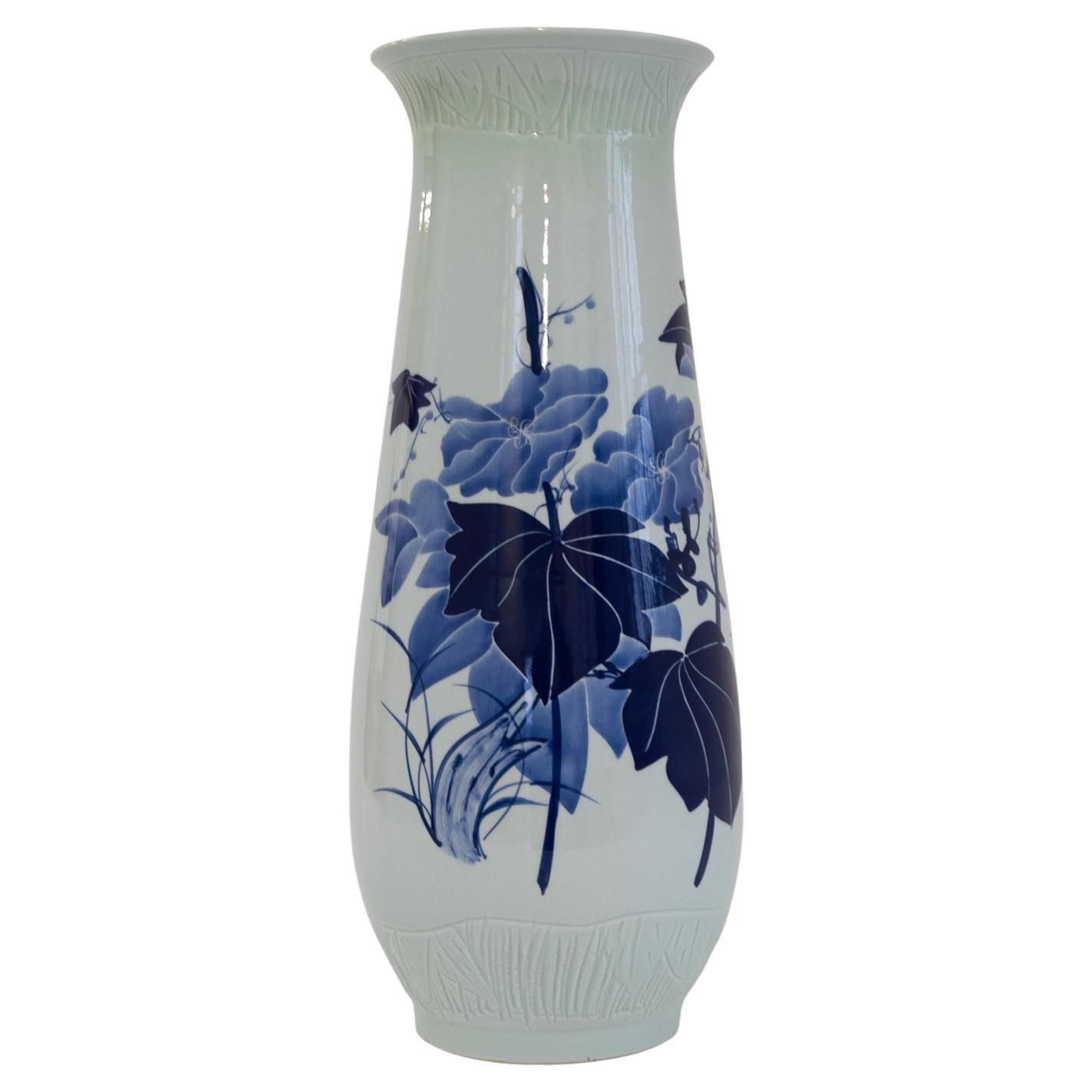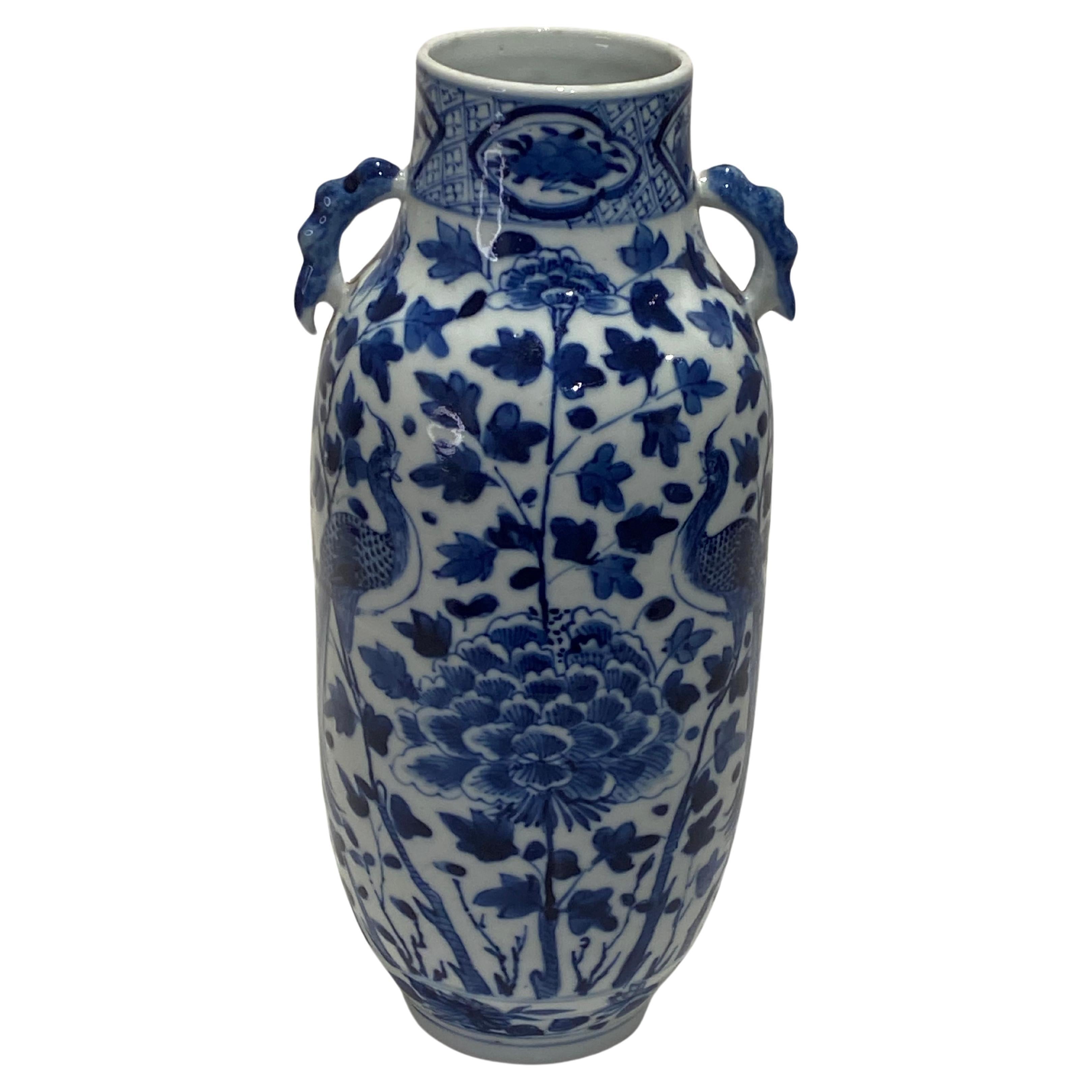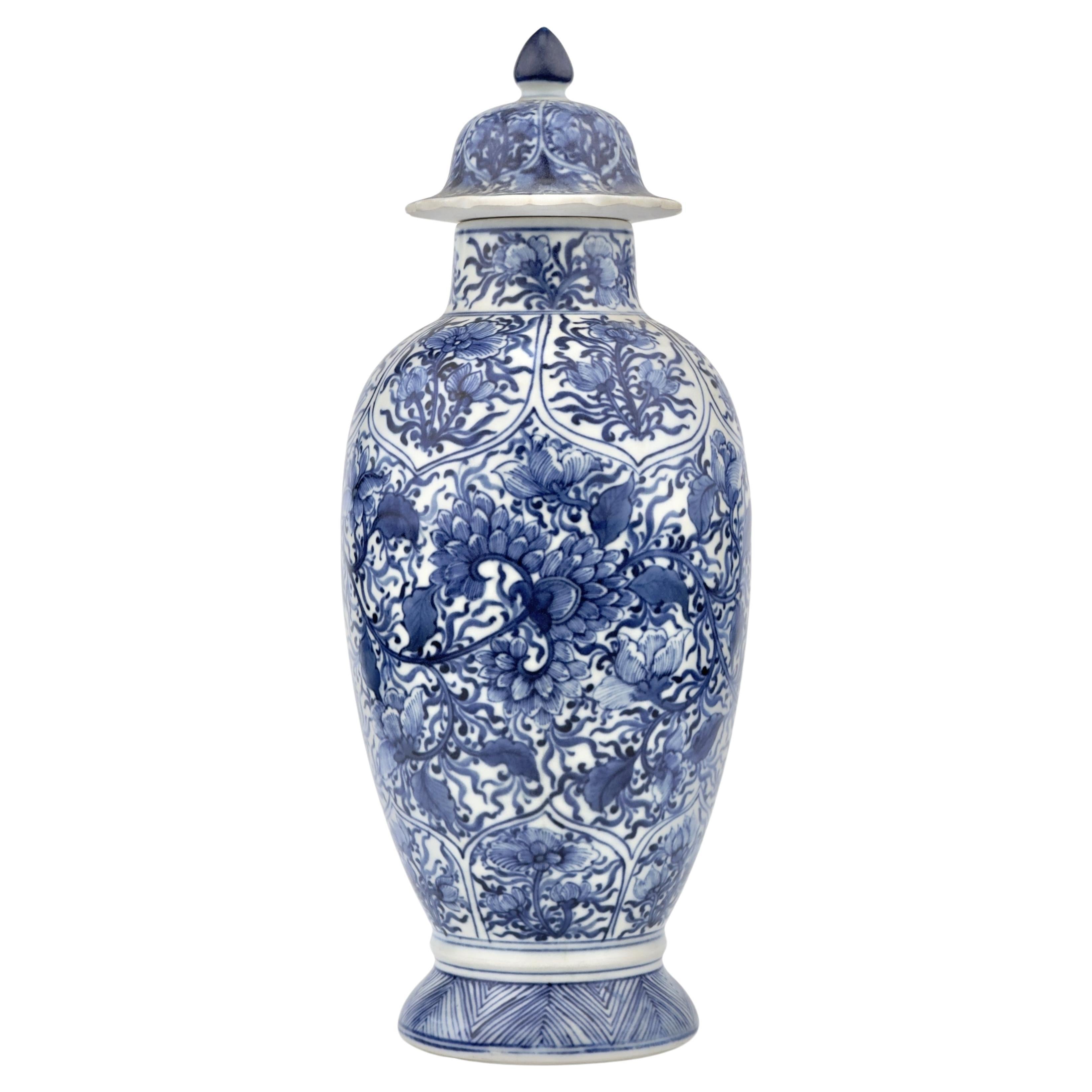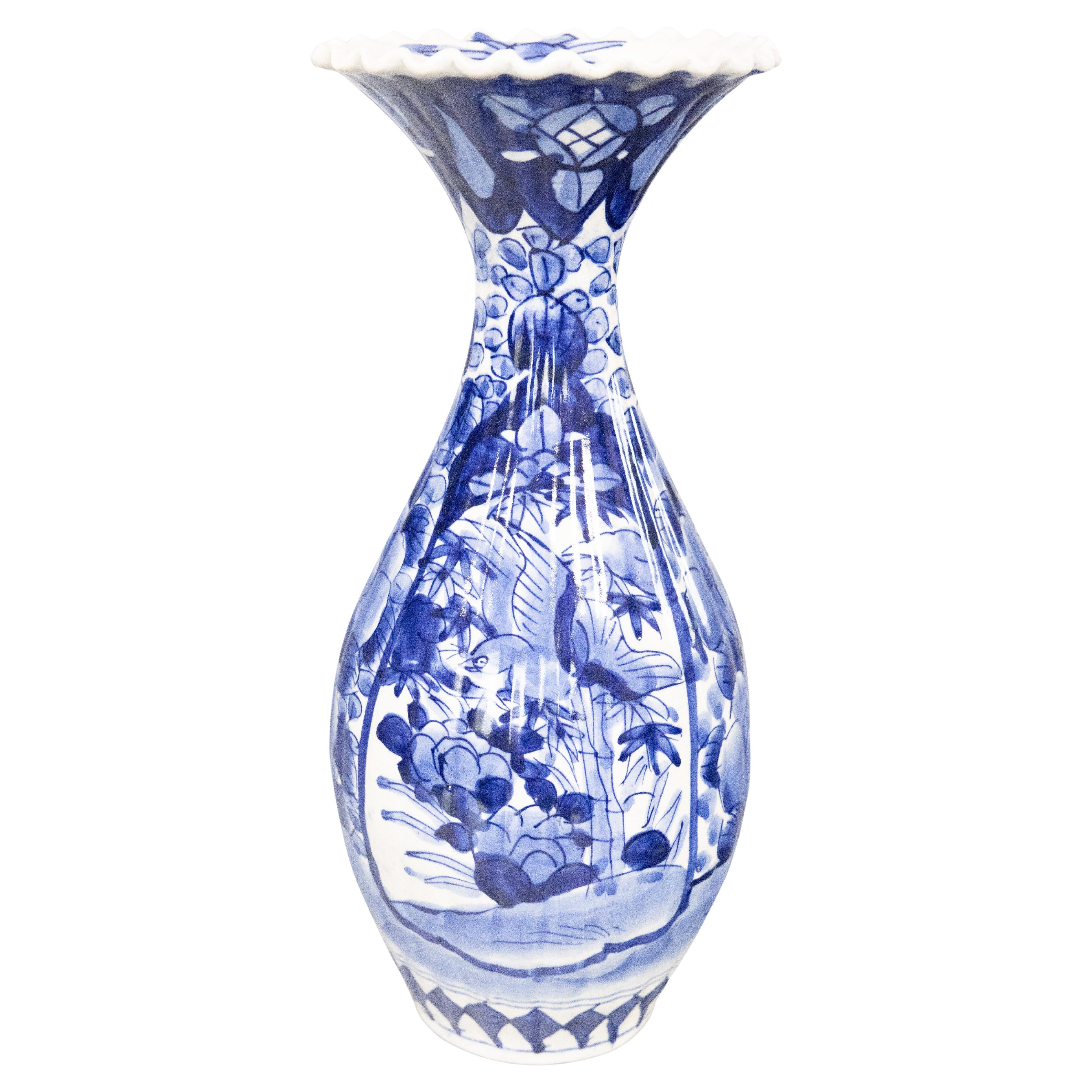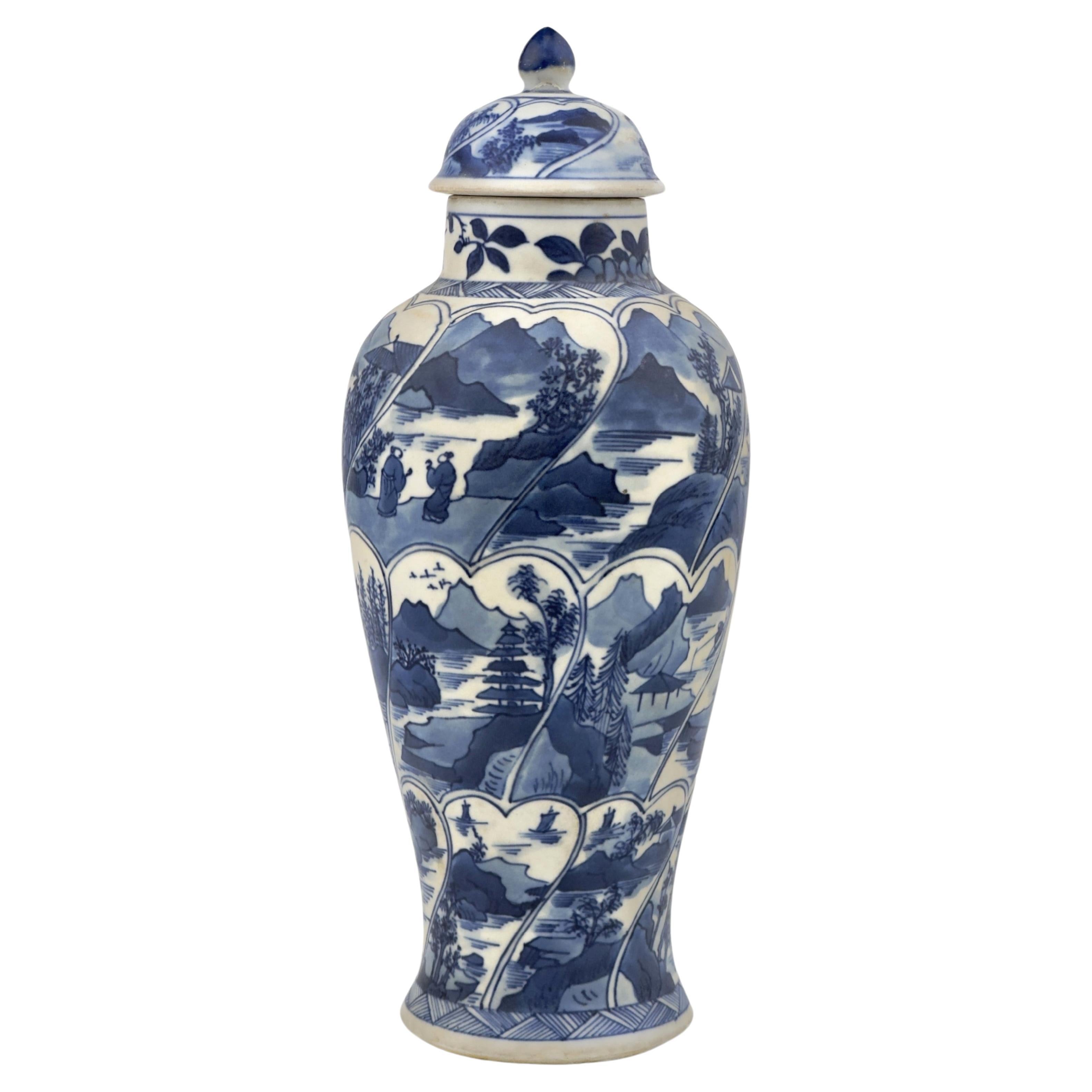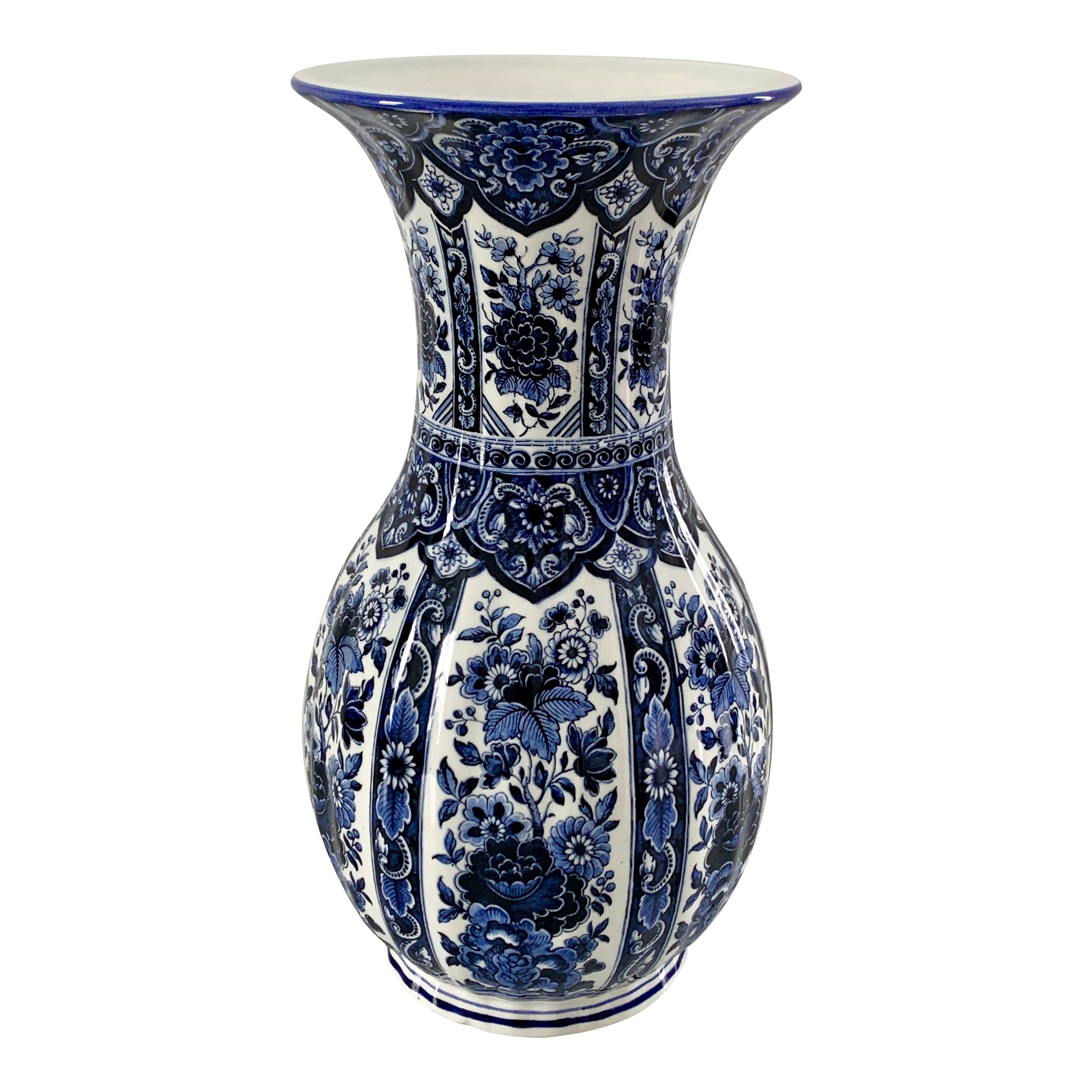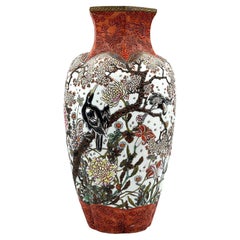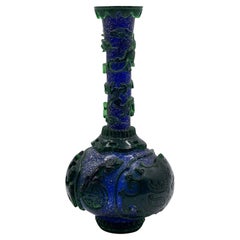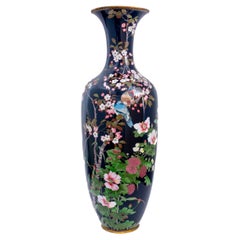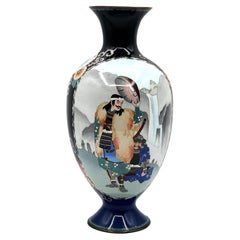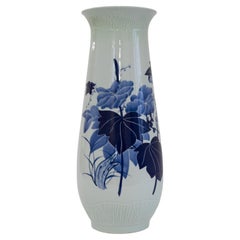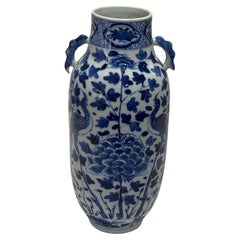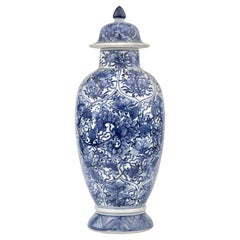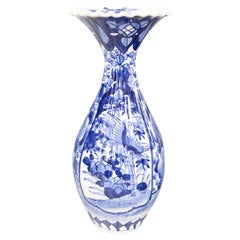Items Similar to Chinese Peking Cut Blue & White Cameo Glass Vase, Ca. ca. 1900-1920
Want more images or videos?
Request additional images or videos from the seller
1 of 7
Chinese Peking Cut Blue & White Cameo Glass Vase, Ca. ca. 1900-1920
$1,950
£1,500.07
€1,741.15
CA$2,749.97
A$3,080.42
CHF 1,617.95
MX$37,456.97
NOK 20,488.53
SEK 19,449.12
DKK 12,994.91
About the Item
Chinese Peking Cut Blue & White Cameo Glass Vase, Ca. ca.1900-1920
DIMENSIONS:
Height: 12.5 inches
Diameter: 5.5 inches
ABOUT CHINESE PEKING GLASS
Peking cut blue & white cameo glass refers to a specific style of Chinese art glass that became particularly popular during the late Qing Dynasty (especially under the reigns of Emperors Daoguang, Xianfeng, and Guangxu in the 19th century). Here's a breakdown of what it means:
PEKING GLASS is a type of high-quality Chinese glassware that originated in the Qing Dynasty, particularly produced in Beijing (formerly spelled "Peking"). It was often used for imperial and high-status decorative objects, including vases, snuff bottles, and bowls. The glass was blown or molded and then often carved or overlaid, similar to cameo glass in the West.
CAMEO GLASS TECHNIQUE
Cameo glass is created by layering different colored glasses, usually by blowing or fusing multiple layers.
Then, artisans carve away parts of the upper layers to reveal contrasting colors below—producing intricate designs, often in relief. This technique creates a decorative surface with contrasting motifs, such as floral patterns, mythical animals, or auspicious symbols.
BLUE & WHITE CAMEO GLASS
In blue & white Peking cameo glass, the top layer is typically a rich cobalt or sapphire blue, while the underlayer is a milky white glass. Artisans cut away the blue surface to reveal the white beneath, forming delicate, raised designs.
The effect is similar in appearance to Chinese blue and white porcelain, though made entirely of glass.
COLLECTIBILITY & USE
These pieces were often made for imperial use or export, and high-quality examples are highly collectible today.
Items include snuff bottles, vases, brush pots, bowls, and tableware, often showcasing intricate floral or symbolic Chinese motifs. Authentic antique Peking cameo glass is valuable and often found in museum collections or high-end auctions.
- Dimensions:Height: 12.5 in (31.75 cm)Diameter: 5.5 in (13.97 cm)
- Style:Japonisme (Of the Period)
- Materials and Techniques:
- Place of Origin:
- Period:1910-1919
- Date of Manufacture:ca. 1920
- Condition:Wear consistent with age and use. We make our best effort to provide a fair and descriptive condition report. Please examine photos attentively, as they are part of the description. Send us a message to request more details or discuss price.
- Seller Location:New York, NY
- Reference Number:1stDibs: LU2819345029382
About the Seller
5.0
Vetted Professional Seller
Every seller passes strict standards for authenticity and reliability
Established in 1993
1stDibs seller since 2017
83 sales on 1stDibs
Typical response time: 11 hours
- ShippingRetrieving quote...Shipping from: New York, NY
- Return Policy
Authenticity Guarantee
In the unlikely event there’s an issue with an item’s authenticity, contact us within 1 year for a full refund. DetailsMoney-Back Guarantee
If your item is not as described, is damaged in transit, or does not arrive, contact us within 7 days for a full refund. Details24-Hour Cancellation
You have a 24-hour grace period in which to reconsider your purchase, with no questions asked.Vetted Professional Sellers
Our world-class sellers must adhere to strict standards for service and quality, maintaining the integrity of our listings.Price-Match Guarantee
If you find that a seller listed the same item for a lower price elsewhere, we’ll match it.Trusted Global Delivery
Our best-in-class carrier network provides specialized shipping options worldwide, including custom delivery.More From This Seller
View AllJapanese Meiji Period Porcelain Vase by Shimazu Gyokuzan, Ca. 1890
Located in New York, NY
Japanese Meiji Period Porcelain Vase by Shimazu Gyokuzan, Ca. 1890
DIMENSIONS
Height: 18.5 INCHES
Diameter: 9 inches
DETAILS
Meiji Period (1868 -1912) – Ca.18...
Category
Antique 1890s Japanese Japonisme Vases
Materials
Porcelain
Chinese Green and Blue Peking Cut Glass Vase with Thin long Neck, Ca. 1910
Located in New York, NY
Chinese Green and Blue Peking Cut Glass Vase with
Thin long Neck, Ca. 1910
MARKINGS
Signed on t...
Category
Early 20th Century Chinese Vases
Materials
Glass
Japanese Large Cloisonné Vase, Ca. 1900/1910
Located in New York, NY
Japanese Large Cloisonné Vase in Midnight Blue w/ Flowers and Birds, Ca. 1900/1910
DIMENSIONS:
Height: 46 inches
Diameter: 51.5 inches
ABOUT
This exquisite vase is a remarkable te...
Category
Antique Early 1900s Japanese Japonisme Vases
Materials
Metal
Japanese Meiji Period Cloisonné Vase with Samurai and Floral Motif, Ca. 1890
Located in New York, NY
Japanese Meiji Period Cloisonné Vase w/ Samurai, Attendant, and Floral Motif, Ca. 1890
DIMENSIONS:
Height: 12 inches
Diameter: 5.5 inches
ABOUT
An elegant cloisonné enamel vase fr...
Category
Antique 1890s Japanese Japonisme Vases
Materials
Porcelain
Chinese Art Deco Famille-Rose Vase with Flower and Dragon Motif, Ca. 1920
Located in New York, NY
Chinese Art Deco Famille-Rose Vase with Flower and Dragon Motif, Ca. 1920
DIMENSIONS
Height: 24 inches
Diameter: 10 inches
Category
Vintage 1920s Chinese Japonisme Vases
Materials
Porcelain
Arts & Crafts Chinese-Form Ceramic Vase, ca. 1900
By Roseville Pottery
Located in New York, NY
American Arts & Crafts
Chinese-Form Pauleo Pattern Glazed Ceramic Vase
In Manner of Roseville for Tiffany
Circa 1900
DIMENSIONS
Height: 15.75 inches (40.01 cm)
Diameter: 10.5 inch...
Category
Antique Early 1900s American Art Nouveau Vases
Materials
Ceramic
You May Also Like
Chinese Blue and White Porcelain Vase, 1970s.
Located in Asaa, DK
Chinese Blue and White Porcelain Vase, 1970s.
Tall ceramic glazed and hand painted Chinese vase with floral motifs and decorative Chinese calligraphy in different shades of blue.
O...
Category
Vintage 1970s Chinese Chinese Export Vases
Materials
Porcelain
19th Century Chinese Hand Painted Blue & White Porcelain Vase
Located in North Salem, NY
19th century Chinese hand painted Blue & White porcelain vase with interesting symmetrical pattern.
Category
Antique 19th Century Chinese Chinese Export Vases
Materials
Porcelain
Blue and White Baluster Vase, Qing Dynasty, Kangxi Era, Circa 1690
Located in seoul, KR
The baluster shaped vase rising from a splayed foot to a short waisted neck, decorated in underglaze blue with flower blooms borne on leafy stems.
Period : Qing Dynasty, Kangxi reign
Production Date : 1690-1699
Made in : Jingdezhen
Destination : Amsterdam
Found/Acquired : Southeast Asia , South China Sea, Vung Tau...
Category
Antique 1690s Vietnamese Chinoiserie Antiquities
Materials
Ceramic
19th Century Meiji Period Japanese Imari Ribbed Blue & White Porcelain Vase
By Imari Porcelain
Located in Pearland, TX
A gorgeous antique 19th-Century Japanese Imari scalloped floral vase made during the Meiji period. This fine vase has a lovely baluster form with a ribbed design, ruffled rim, and ha...
Category
Antique 19th Century Japanese Vases
Materials
Porcelain
Blue and White Baluster Vase, Qing Dynasty, Kangxi Era, Circa 1690
Located in seoul, KR
Spirally moulded and painted with bands of overlapping petal panels of figured riverscapes
Period : Qing Dynasty, Kangxi Period
Production Date : 1690-1699
Made in : Jingdezhen
Destination : Netherland
Found/Acquired : Southeast Asia , South China Sea, Vung Tau...
Category
Antique 1690s Vietnamese Chinoiserie Ceramics
Materials
Ceramic
$2,593 Sale Price
35% Off
Delfts Blue and White Chinoiserie Porcelain Vase
Located in Elkhart, IN
A beautiful Delft Chinoiserie style blue and white porcelain vase
By Ardalt, Blue Delfia
Italy, Mid-20th Century
Measures: 5"W × 5"D × 10.25"H.
Very good vintage condition.
Category
Mid-20th Century Italian Chinoiserie Vases
Materials
Porcelain
$276 Sale Price
20% Off
More Ways To Browse
China Glass Vase
Blue Chinese Pots
Antique Blue And White Pots
Cobalt Cut Glass
Furniture 1900 1910 1920
Antique Glass Bowls And Vases
High Relief Cameo
Antique Brush Pot
Cobalt Blue Pots
Qing Pots
Japanese Porcelain Pot
Antique China Tableware
Chinese Blue And White Pot
Chinese Brush Pot
19th Century Chinese Snuff Bottles
Qing Dynasty Snuff Bottle
Chinese Guangxu
Chinese Guangxu Porcelain
